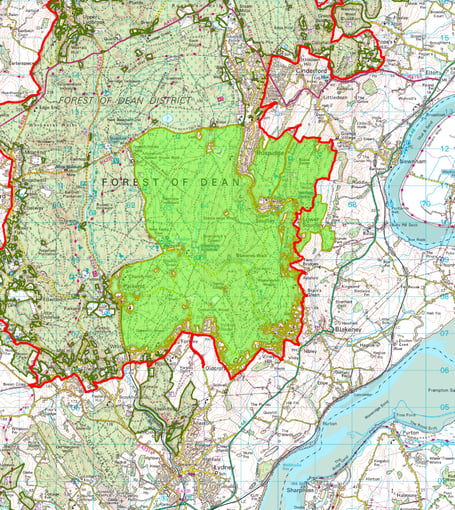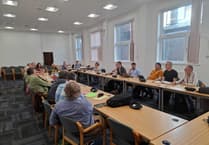LOCAL residents are being asked to have their say on how woodlands in the Forest of Dean will be developed for nature and timber production over the next 10 years.
Forestry England (FE) is running a public consultation on its planned management of the Parkend Walk and Blakeney Hill Walk area up to 2032, which includes tree felling for timber and the expansion of wet woodlands and open spaces for habitat.
The Forest Plan is part of FE’s Our Shared Forest project, which was launched in 2019 to set “a new direction” for land management in the nation’s forests.
The area covers almost 10 square miles of forest with “high ridges with spectacular views, secluded valleys, and meandering watercourses” and includes woodlands known as Middleridge, Staple Edge, Blaize Bailey, Abbotts Wood, Blakeney Hill, Cockshoot, Churchill and Oakenhill.
The plan contains “a mixture of objectives” for the area including the clearfelling and restocking of conifers and broadleaves for timber production.
FE also plans to manage priority watercourses in the area by increasing native broadleaf content and removing conifer.
Areas of open habitat will be integrated under the plans, including the expansion of wet woodland and wet open habitat, to protect and diversify the areas for the benefit of priority species.
FE says its Our Shared Forest project will allow its decisions to be guided by the natural potential of the land, as well as the “varied influences of the ever-changing world”.
The organisation hopes the Forest Plans will help them create a “diverse and inclusive” forest that is “a global example of what can be achieved through forward thinking forestry.”
Forest Planner Francis Raymond-Barker explained: “A Forest Plan provides a description of the woodland as it is today and outlines what we have considered when deciding how it should be managed.
“It describes how the forest will develop over time and includes specific information about approved tree felling, replanting and regeneration over the next ten years.
“It has considered not only the trees and woodlands but water, geology and soils, the wildlife, wild spaces and habitats, and our cultural heritage, built heritage and archaeology, along with the way the community uses the woodland and how the woodland is viewed from towns, villages and hamlets.”
The consultation is now open and will run until Friday, April 22.
To view the plans and take part in the consultation, go to www.forestryengland.uk/oursharedforest.


.jpeg?width=209&height=140&crop=209:145,smart&quality=75)


Comments
This article has no comments yet. Be the first to leave a comment.